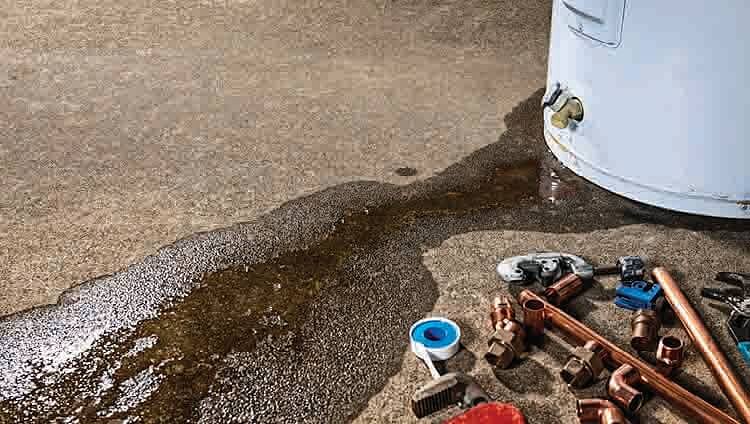Its all Insurance
The Role of Business Interruption Insurance in Risk Management

Its all Insurance

Every winter, insurers see a massive spike in geyser-related claims and South Africans are implored to prioritise proactive maintenance.
According to Budget Insurance, during winter, geyser claimsgenerallyincrease by 30% or more and 98% of these claims are due to bursting or overflowing geysers, failing pipes or faulty equipment.
“Expansion and contraction of the geyser tank and its components occur during normal usage when hot water leaves the geyser and is replaced with cold water,” says Tyrone Lowther, Head of Budget Insurance. “However, in winter, the temperature difference between the cold water entering the geyser and the hot water leaving the geyser is much greater than it is during the summer months. This increases the rate of expansion and contraction, which can lead to geyser failure, especially if the geyser is older or if the valves or thermostat are faulty.”
28 June marks Insurance Awareness Day, the ideal opportunity to remind South Africans that there are afew easy, smart and proactive steps to protect your geyser which could save you thousands, even tens of thousands of rands.
Budget Insurance offers the following advice:
Tip-top shape: Experts recommend that geysers are serviced by a qualified plumber every three years. A geyser service would entail draining the geyser and checking its components including the anode, element and thermostat. Lime scale and sludge should be removed from the tank and element, and the whole system should be checked for leaks. The plumber should also check that the thermostat temperature on the geyser isn’t set too high. 600C is the recommended temperature. Geysers are known to burst when the thermostat is incorrectly set or badly regulated.
Wrap it in a blanket: Consider investing in a geyser blanket and timer to not only save on electricity, but also to help avoid a burst geyser caused by extreme fluctuations in heating and cooling.
Don’t be a drip: It is advisable to fit a drip-tray, if there isn’t one already in place beneath the geyser. The outlet pipe on a drip-tray carries away most of the water should the geyser burst, making it a helpful measure for limiting water damage to walls, carpets and other home contents.
Save wisely: It is wise to switch off your geyser from time to time, especially during peak electricity demand periods, but it’s best to not let it get cold, as this additional contraction-expansion cycle could decrease the life span of your geyser, whilst also consuming more electricity to warm the water up again.
Heed the warning: Keep an eye out for the early warning signs of geyser failure. If you notice that water coming from the geyser isn’t as hot as it used to be, that the water pressure isn’t high enough, that too much water or steam is coming from the hot water overflow pipe on your roof, that the geyser is making strange humming, hissing or cracking noises, or you notice wet spots near the geyser, disaster may be around the corner and it must be inspected immediately.
Quick hands: If your geyser bursts, switch off the electricity mains immediately, turn off the water mains, and call your plumber and insurer.
“Even with all these boxes checked, there’s a chance that the unforeseen may happen. Always make sure that you have an emergency plan in place, the numbers of emergency services saved and that you are sufficiently insured”, concludes Lowther.
